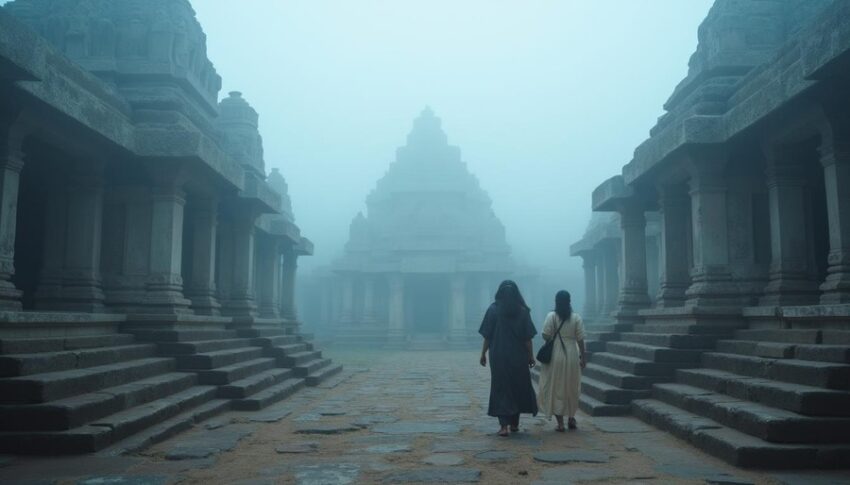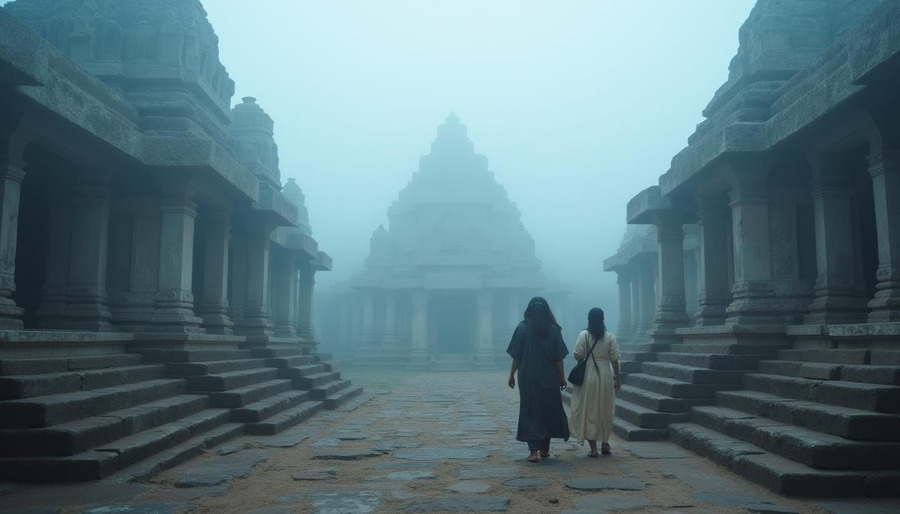Home » TRAVEL NEWS » India Targets Tourism to Contribute 10% to the National Economy by 2047, Highlighting its New Ambitious Growth Plans and Push for Investment
Saturday, July 19, 2025

May 20:, 2025: The government of India has set an ambitious goal to raise tourism’s share of the economy to 10% by 2047, in line with international benchmarks, according to the Union Minister of Culture and Tourism, Shri Gajendra Singh Shekhawat.
Ambitious Economic Goals
Currently, tourism accounts for about 5-6% of India’s economy. “If I go by my own assessment that India, even in times of downturn, shows an annual growth rate of over six per cent… post-COVID-19, India is all poised to grow at 10 per cent in the coming times… “I am hopeful and positive about the economy for the next 10 to 15 years,” Shekhawat said while addressing the CII YiFi Entrepreneurship Summit 2025 about the projected future trend. He estimated that India’s economy, which currently is around $4 trillion, could grow to almost $32 trillion by 2047. This 10% tourism contribution would bring India’s sector in line with global standards – It would also increase India’s global economic relevance.
Projected Sector Growth
The minister noted that the tourism industry is anticipated to grow at an impressive CAGR of 24% in India. This projected expansion also illustrates the sector’s potential of playing a major role in economic growth as well as job generation that affects a range of interconnected sectors including hospitality, transportation, entertainment, and retail.
Infrastructure and Tourism Development
Recalling earlier impediments to tourism such as lack of infrastructure, Shekhawat pointed to vast improvements under the Modi government. Recent infrastructure developments concerning airports, roads, rails and technology have largely improved for accessibility and standards of hospitality. These developments will bring India into the global tourism league and provide capacity to host increased numbers of foreign tourists.
Comparative International Performance
The Minister also accepted that India’s international tourist arrivals were very low relatively at around one crore per annum, as against popular tourist destinations of the world such as Thailand (4 crore), Switzerland (3 crore) and Dubai (2.5 crore). But he stressed India’s special advantage, the huge domestic potential for tourism and unparalleled charm in spiritual and cultural sector. Believing that India is capable of growing its international numbers very quickly with targeted marketing and well-planned promotional campaigns, he says, “There is a lot that we can bring to the table”.
Emphasis on Sustainable Tourism
“The mantra of sustainable growth should be the country’s mission…. There is a need to strike a balance between expansion of sectors and environmental accountability,” Shekhawat said. India’s thrust on tourism should keep sustainable practices in forefront: PMिंपमःPrime Minister said that sustainable practices should be kept in mind as India speeds up on the tourism front. The government has got in the works broad strategy for clean, green and bio-friendly tourism excercises wihch will also bring in conservation and exploitation of renewable energy and waste management in areas of tourist interests.
Cultural Diversity as a Tourism Attraction
IANS Each Indian state has its own distinct culture, traditions, festivals, foods, and places of interest, and have attractions one can find nowhere else in the world. This diversity formed the fundamentals of India’s tourism strategy, Minister Shekhawat said, for improving the overall experience, apart from providing economic value to the regions. The plans include elaborate cultural festivals, heritage conservation initiatives and publicity strategies focusing on India’s rich historical and cultural heritage.
Employment and Skill Development
Shekhawat emphasized the role of tourism as a powerful generator of jobs and called for trained human resources for the tourism industry. They also want to develop specialized training centers that would provide courses in hospitality management, multilingual tour guidance, heritage conservation, and customer service excellence. This effort is intended to improve employability, especially among youth, women and rural areas.
Digital Transformation in Tourism
Minister Shekhawat highlighted digital transformation as an important element for efficient tourism management and customer satisfaction. Digital drive There will be integrated e-booking systems, virtual experiences of India’s tourist spots and intelligent and real-time suggestions, online grievance redressal mechanisms. The digital transformation is designed to make India a tech-forward, tourist-friendly destination.
Strategic Future Outlook
The administration has a strategic roadmap focused on infrastructure, sustainability, employment creation, cultural promotion and digitalization. By capitalising on India’s cultural and spiritual assets — the country’s biggest pulls for tourists — and investing smartly in new age infrastructure, the goal is not just to accommodate but surpass the forecasted growth of tourism. The gains to the Indian economy would be far-reaching and provide a strong impetus to the overall prospects of India through the promotion of brand India as an international tourism destination.


